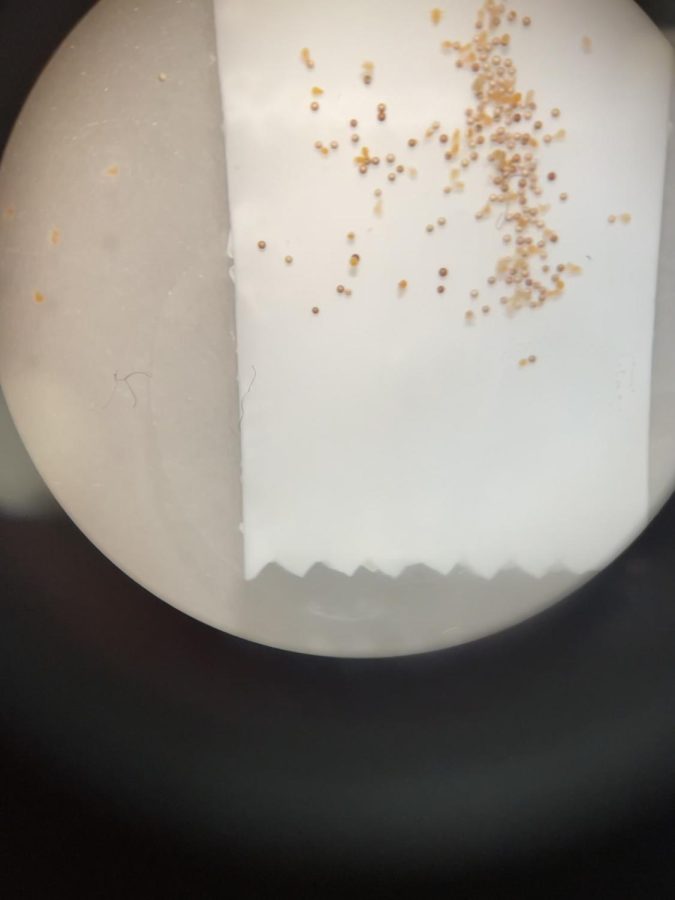The Symposium
May 25, 2023
After a rigorous and hardworking year, the Briar Woods High School science classes are wrapping it up with the Symposium project. Science is a very branched out course that implements not only all subjects but it also has many divisions to it. In classrooms, students use math (graphs, data, statistics, etc.), English (research papers, inferences, structured writing etc.), history (scientists, dates, events, etc.), and even art (models, pictures, processes, etc.) into the purpose of learning science. This project coexists with all subjects and divisions of science, while also teaching students how to be creative thinkers, and use organizational skills to produce a well thought out final product.
“The symposium is a culminating research experience that provides students with the opportunity to engage in authentic exploration using statistical analysis,” said science teacher Theresa Downey.
The Symposium is designed for students to do in different steps. Once a student does a step, they must submit it to do the next. The project itself is based on a topic and students can choose a subtopic to do their project on. For example, this year’s biology topic was Brine Shrimp Hatchability. In that topic, students could choose if they wanted to do the brine shrimp hatchability rate relating to temperature, ph, salinity, or pollution.
There are four main tasks,which are the background research, experimental design, results, and the CER. The difficulty level varies between each science class, but students are ready by the time the project comes by. Once the students have done all the tasks, they create a presentation on all their findings, data, and final thoughts.
Because it’s a freshman’s first time doing this project, or any type of final project, it may seem a bit overwhelming. They are coming from small research projects done in groups, to a big multi step organizational one. To combat the novelty of each task, teachers typically introduce and implement each task into the students assignments earlier in the year. Forming null hypotheses and identifying different variables in an experiment are basic parts of this project that students normally learn and master by the middle of the year; however, writing a CER takes practice and is typically done once every quarter.
“We have been working on the skills necessary to complete the project throughout the year so I feel that all of the students are already prepared for the experience,” said Downey.
Aside from it being the final project, it’s also beneficial for students in the coming years. Researching first before starting an assignment is a great habit for students. This project requires students to have background research before even approaching a hypothesis. It also teaches students to collect their own data from experiments that they conducted. Using the data, students are expected to make their own observations, as well as keeping track of the data and observing for patterns or trends. Taking these steps exposes students to a more professional and efficient way of conducting a research project which can be helpful for later years of science, in college, or even in the workplace.
“It allows us to get first hand research experience which will be needed in more advanced courses,” said freshman Arnav Surapaneni.
29 symposium experienced students from Briar Woods High School were asked how beneficial it is. 27.6% of them said that it is very beneficial. They were also asked how this project could possibly affect a student, and 44.8% of them said, ‘It shows students how to properly do multi step projects with organizations and thoughtful work.’ Lastly, 89.7% of them said that this project is flexible for all branches of science.
Students prefer a slow and steady end to the year and this project gives them that as well as core experience that can be utilized in the years moving forward. For any science class, this final project is perfect for keeping students interested as well as giving a quick recap/review of what they have learned in the year.
“Final projects are a perfect way to end the year. They personally help me by refreshing my mind, and having a clean stop to the year,” said sophomore Sneha Nagarakanti.



